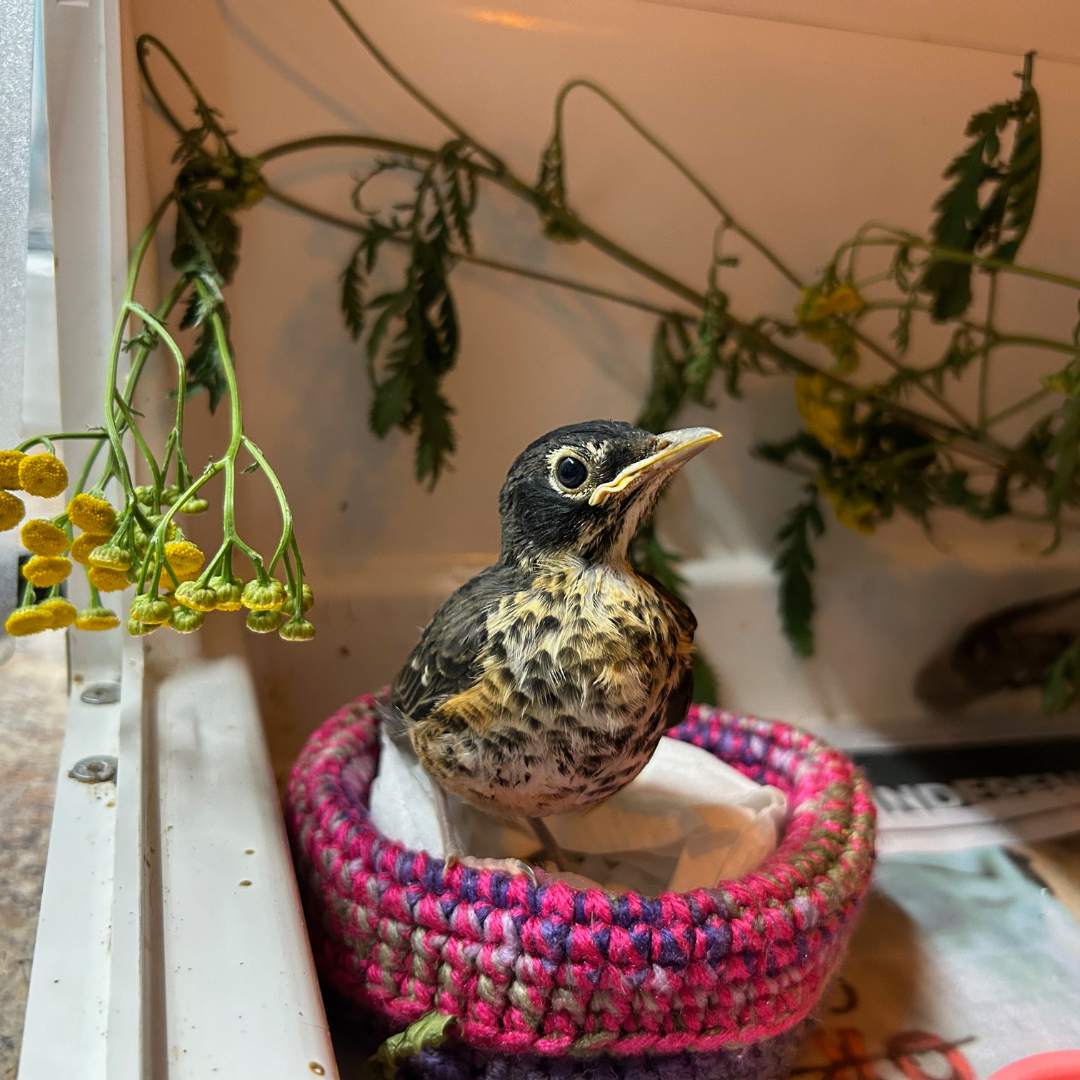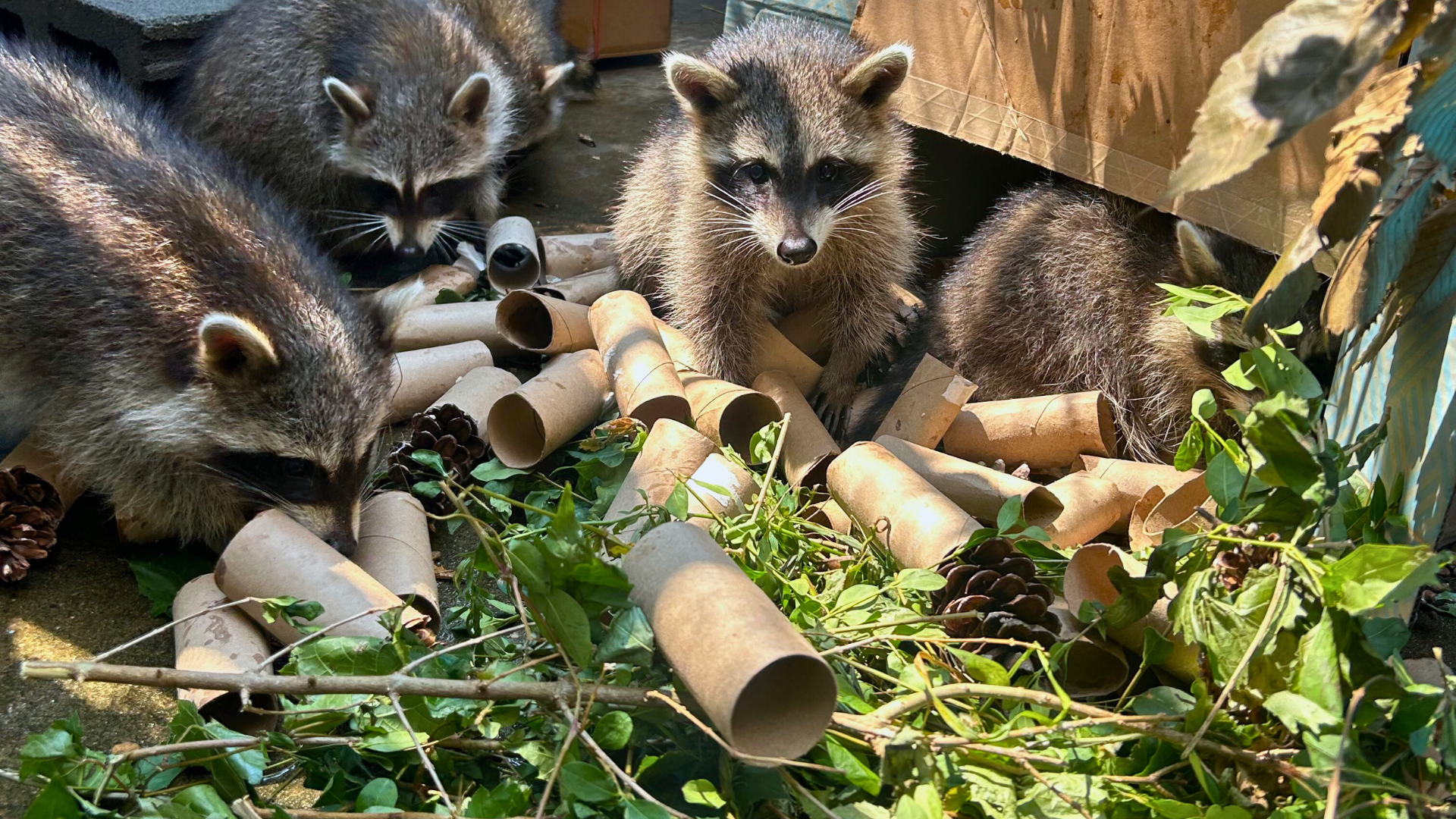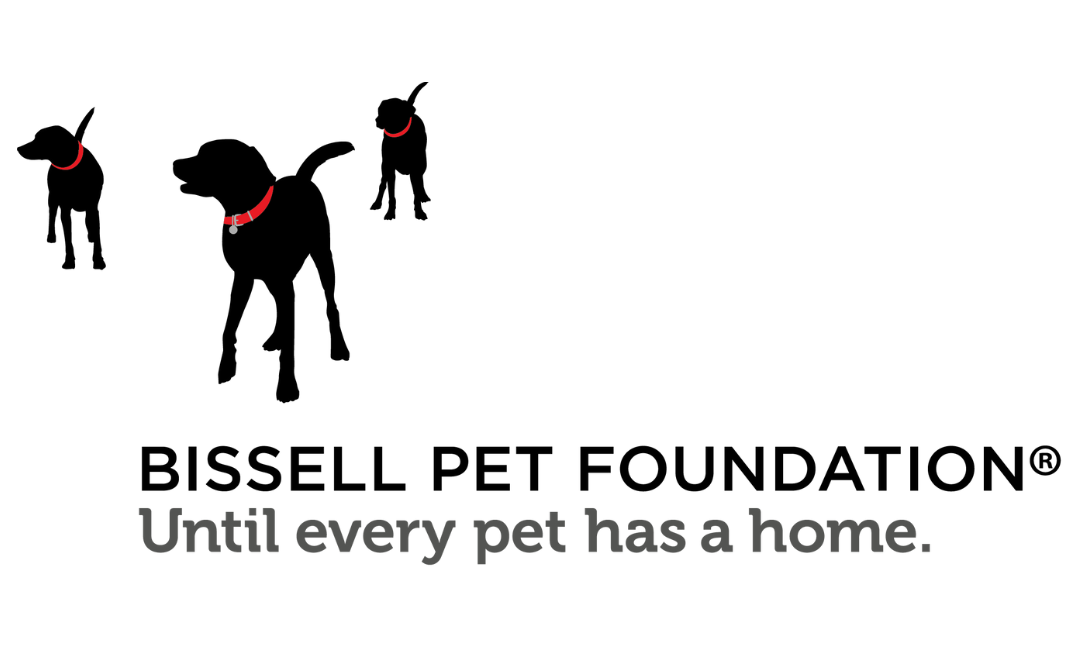How Fall Leaves and Yard Waste Can Save Wildlife—and the Planet
As fall arrives, many of us face the annual ritual of yard cleanup. The sight of fallen leaves, acorns, and pinecones might trigger the urge to grab a rake and tidy things up. But what if we told you that these seemingly pesky items are actually essential to the survival of wildlife and the health of our ecosystem?
The Role of Fallen Leaves in Wildlife Habitat
Those golden leaves and scattered acorns do more than enhance the seasonal beauty—they create shelter for countless creatures, from insects and small mammals to birds and amphibians. When leaves fall, they form a protective layer on the ground, providing insulation for insects like butterflies and beetles that overwinter in the leaf litter. Frogs, toads, and other small critters, such as the Eastern Red Bat, also rely on this natural debris for shelter and warmth during the colder months.
Since many species use these materials to build nests, hibernate, or as protection from predators, by leaving most of that yard waste behind provides wildlife with the much-needed space to survive through winter.
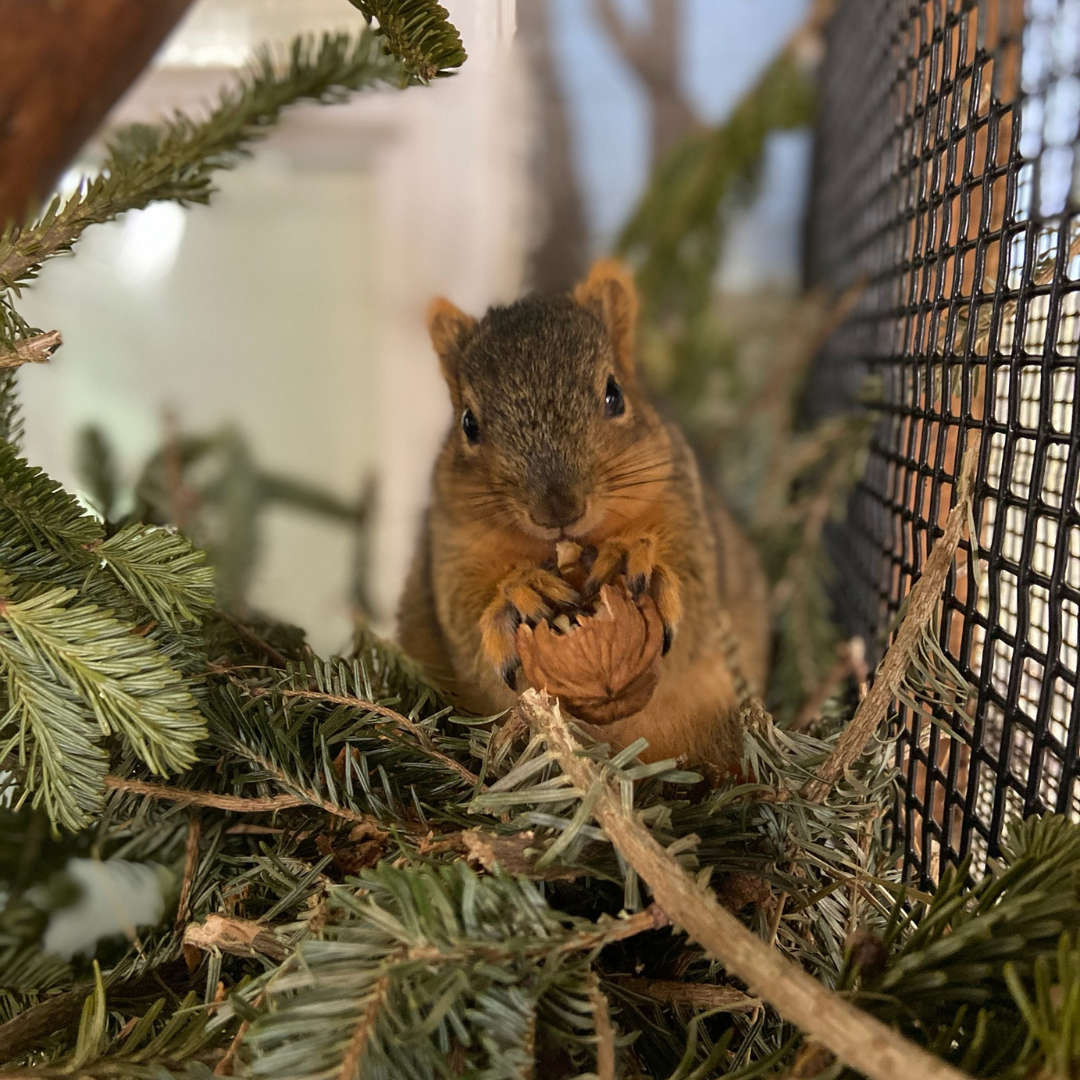
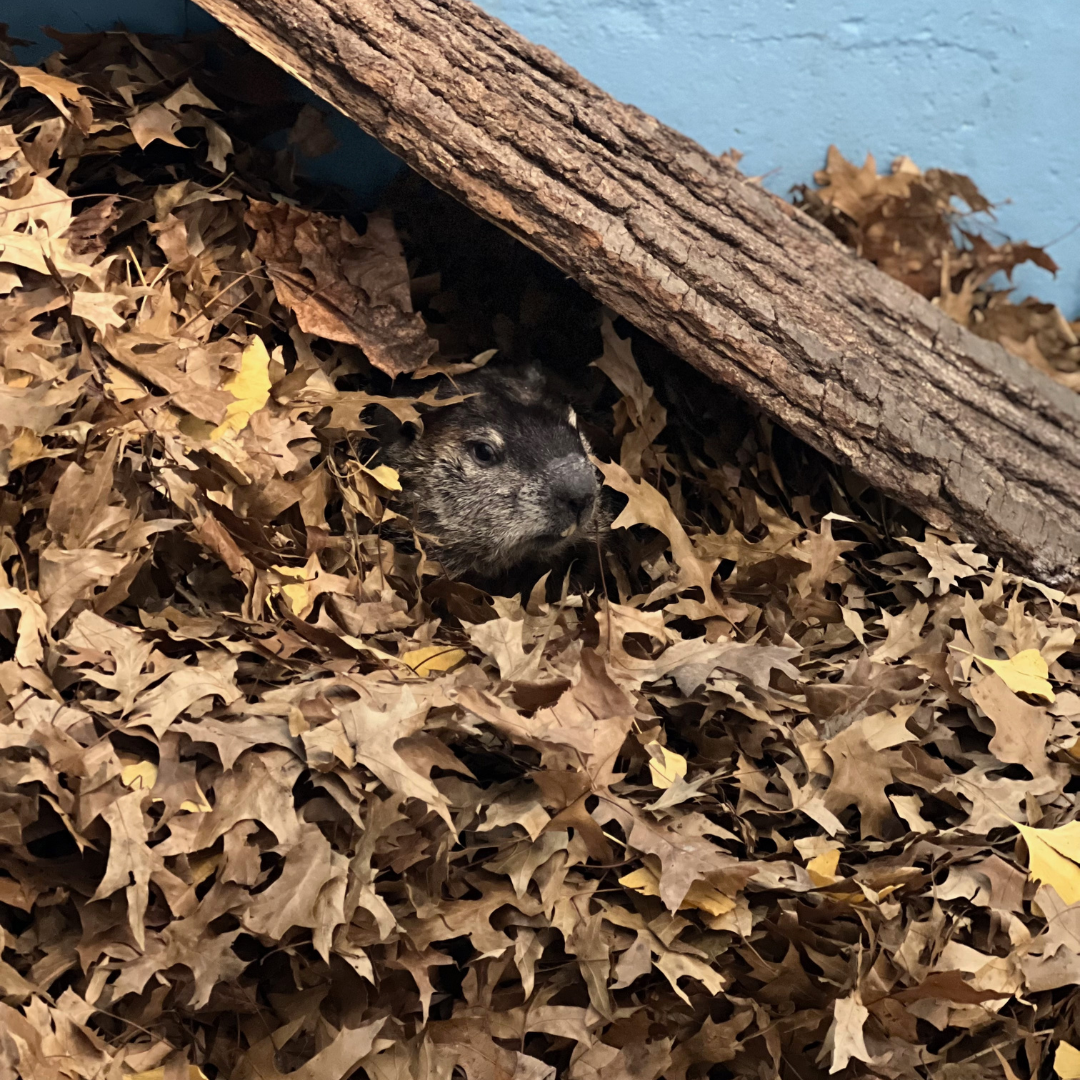
The Environmental Impacts of Leaves
Fallen leaves play a vital role in local biodiversity. Butterflies, moths, and other insects need safe spaces to survive the winter, ensuring a plentiful food source for birds and other animals come spring. Studies show that just one square meter of leaf litter can house anywhere from 40,000 to 50,000 insects. Fun fact: 94% of all moth species on the planet rely on leaf litter to complete their life cycle. A decline in these populations due to habitat loss leads to negative repercussions on the local food chain, which has a lasting adverse impact on our ecosystem.
It’s not just animals that benefit from undisturbed ground cover. Allowing leaves to remain on your lawn or in garden beds can significantly improve soil health. As leaves decompose, they add vital nutrients back into the soil, creating a rich environment for plants to thrive in the spring. This natural mulch also helps suppress weed growth, saving you money on gardening expenses come spring.
Additionally, leaving leaves undisturbed can help reduce greenhouse gases. Many people and neighborhoods burn or bag their yard waste for collection, both of which contribute to significant carbon emissions. By allowing leaves to decompose naturally, you prevent additional pollution from entering the atmosphere.
By leaving your leaves, you’re not only helping wildlife thrive but also playing a small role in combating climate change.
How You Can Help: Donate and Conserve
We understand that leaving a large number of leaves on your lawn can block light and affect your grass come spring. Mulch-mowing can be a good alternative for some of the more open sections of your yard that you can’t resist tending to. While we don’t recommend this method for every part of your lawn, it can enhance the appearance and function of your yard without the negative environmental impacts. For more information, visit Leave Leaves Alone.
While we encourage leaving some of the natural debris in your yard to support local wildlife, we understand that you might have extra leaves, acorns, pinecones, or yard clippings to remove. That’s where the Wildlife Rehabilitation Center comes in!
We gladly accept donations of these materials to help create habitats for the animals in our care. They’re used to simulate a natural environment and provide substrates for species-specific behaviors for animals like squirrels, birds, and turtles as they recover. This helps limit stress and ensures our patients exhibit the necessary skills needed to survive on their own in the wild. Did you know that HARP’s Wildlife Rehabilitation Center overwinters an average of 40-60 squirrels annually? By the time the second wave of young squirrels is ready for release, they often don’t have a food supply in the wild to survive the winter on their own. So, HARP must keep them in outdoor caging until spring. Throughout the year, the center goes through about 1,000 lbs of nuts, so help is always appreciated! However, please avoid donating black walnuts, as they are toxic to some animals and can harm our wildlife friends.
Before you donate, consider this: the best way to support local wildlife is often to let nature take its course. A perfectly manicured yard may look appealing to some, but a little wildness goes a long way for creatures big and small.
For more information on how ground cover supports the environment, check out the USDA’s guide on the importance of leaving leaves: Fall: Leave the Leaves.
